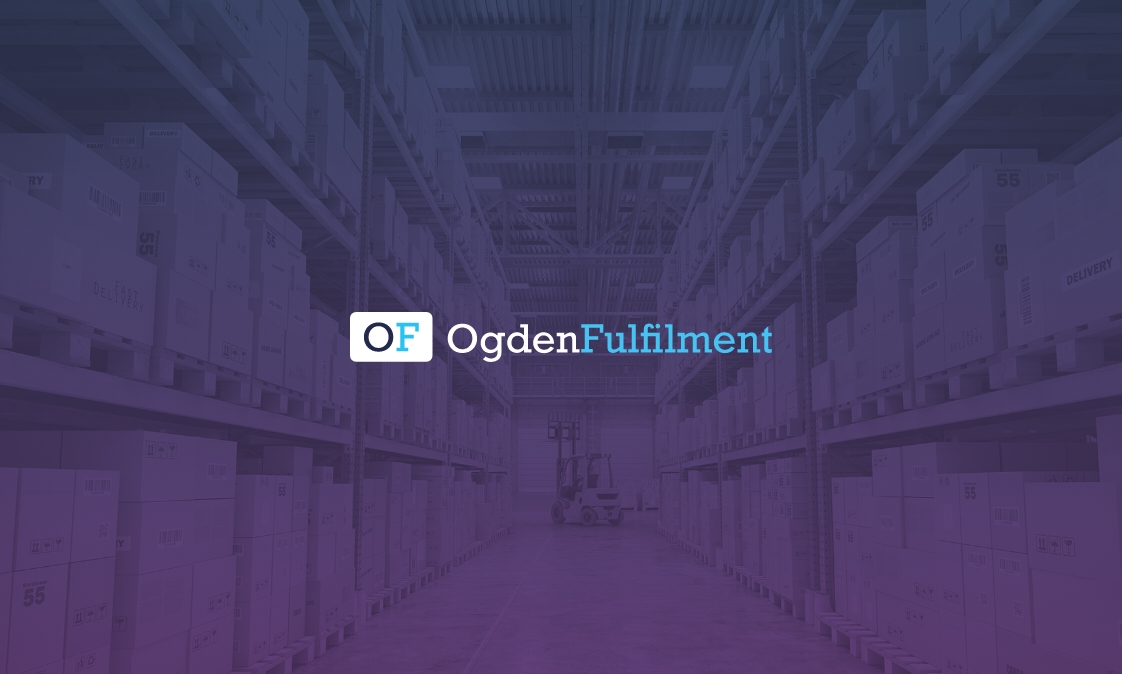How Automated Solutions Can Eliminate Bad Deliveries in Logistics

01/09/2024 | Share:
Bad deliveries can tarnish a company’s reputation and customer satisfaction. Leveraging logistics automation can significantly reduce these issues and enhance overall efficiency.
The Impact of Bad Deliveries
– Customer Dissatisfaction: Late or incorrect deliveries lead to unhappy customers and negative reviews.
– Increased Costs: Resolving failed deliveries often incurs additional costs for logistics companies.
Benefits of Automation in Logistics
Accuracy in Order Processing
Logistics automation systems minimise human errors in order picking and packing. By automating these processes, logistics companies can ensure that orders are processed accurately and efficiently, reducing the risk of bad deliveries.
 Real-time Tracking
Real-time Tracking
Automation technologies offer real-time tracking capabilities, providing enhanced visibility into logistics operations. This allows companies to proactively address potential issues and ensure timely deliveries, thus improving customer satisfaction.
Optimised Routing
Automated logistics systems can optimise delivery routes, avoiding traffic and other delays. This not only ensures faster delivery times but also reduces transit times, contributing to overall efficiency in logistics processes.
Inventory Management
Automation helps maintain accurate inventory levels, preventing stock outs and overstock situations. Automated inventory management systems streamline the supply chain, ensuring that products are available when needed, thus reducing the likelihood of bad deliveries.
Key Automation Technologies
Warehouse Automation
Warehouse automation involves using automated storage and retrieval systems to handle repetitive tasks. These systems improve efficiency by performing tasks such as sorting and picking, reducing the chances of human error and ensuring precise order fulfilment.
 Predictive Analytics
Predictive Analytics
Predictive analytics play a crucial role in logistics automation. By analysing data from various aspects of the supply chain, companies can make informed decisions, anticipate demand, and reduce errors, leading to improved logistics operations.
Robotic Arms and Autonomous Vehicles
The integration of robotic arms and autonomous vehicles in automated warehouses enhances efficiency. These automation technologies can perform tasks such as loading and unloading, further streamlining the logistics process and minimising the risk of bad deliveries.
Enhancing Customer Satisfaction with Automation
 Reducing Human Error
Reducing Human Error
Automation technologies significantly reduce human error in logistics processes. By automating data entry and other manual tasks, companies can ensure higher accuracy in order processing and delivery, leading to greater customer satisfaction.
mproving Supply Chain Efficiency
Automated logistics systems streamline the entire supply chain, from order processing to delivery. This improved efficiency not only reduces costs but also ensures that customers receive their orders on time, enhancing their overall experience.
Ensuring Timely Deliveries
Optimised routing and real-time tracking capabilities enable logistics companies to offer faster delivery options, such as same-day delivery. Meeting customer expectations for quick and reliable delivery services is essential for maintaining customer satisfaction.
Cost Savings with Logistics Automation
 Reducing Operational Costs
Reducing Operational Costs
Automation reduces operational costs by minimising the need for manual labour and increasing process efficiency. Logistics companies can save money on labour costs and reduce expenses related to resolving delivery errors.
Enhancing Productivity
Automating repetitive tasks allows employees to focus on more strategic activities, enhancing overall productivity. By leveraging process automation, companies can operate more efficiently and achieve cost savings in the long run.
The Future of Logistics Automation
Adoption of New Technologies
The logistics industry continues to evolve with the adoption of new technologies such as artificial intelligence and autonomous vehicles. These advancements will further enhance the capabilities of logistics automation systems, driving greater efficiency and reducing the incidence of bad deliveries.

Embracing Predictive Analytics
Predictive analytics will play an increasingly important role in logistics operations. By leveraging data to anticipate demand and optimise supply chain processes, companies can reduce errors, improve customer satisfaction, and achieve cost savings.
Integration of Automation Solutions
As logistics companies continue to integrate various automation solutions, they will experience significant improvements in efficiency and delivery accuracy. The seamless integration of automation technologies will be key to eliminating bad deliveries and enhancing customer satisfaction.
Conclusion
Adopting logistics automation is crucial for eliminating bad deliveries. It not only boosts overall efficiency but also ensures a better customer experience, driving business growth. By leveraging automation technologies, logistics companies can reduce errors, save costs, and achieve higher customer satisfaction, positioning themselves for long-term success in the competitive logistics industry.




